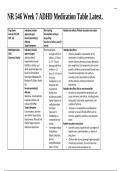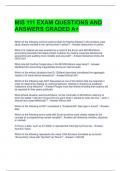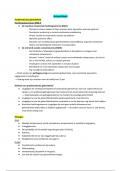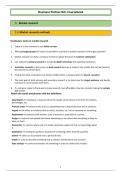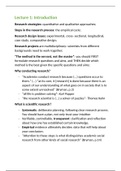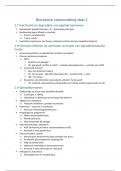Exam (elaborations)
FINC 371 Study Guide Questions & Answers (RATED A+)
- Course
- Institution
The five principal types of residential developments are - ANSWER(a) single-family detached houses, (b) single-family attached houses, (c) multifamily residences, (d) mobile homes and (e) second homes. What are the differences between condominium and cooperative ownership? What are some advantag...
[Show more]




